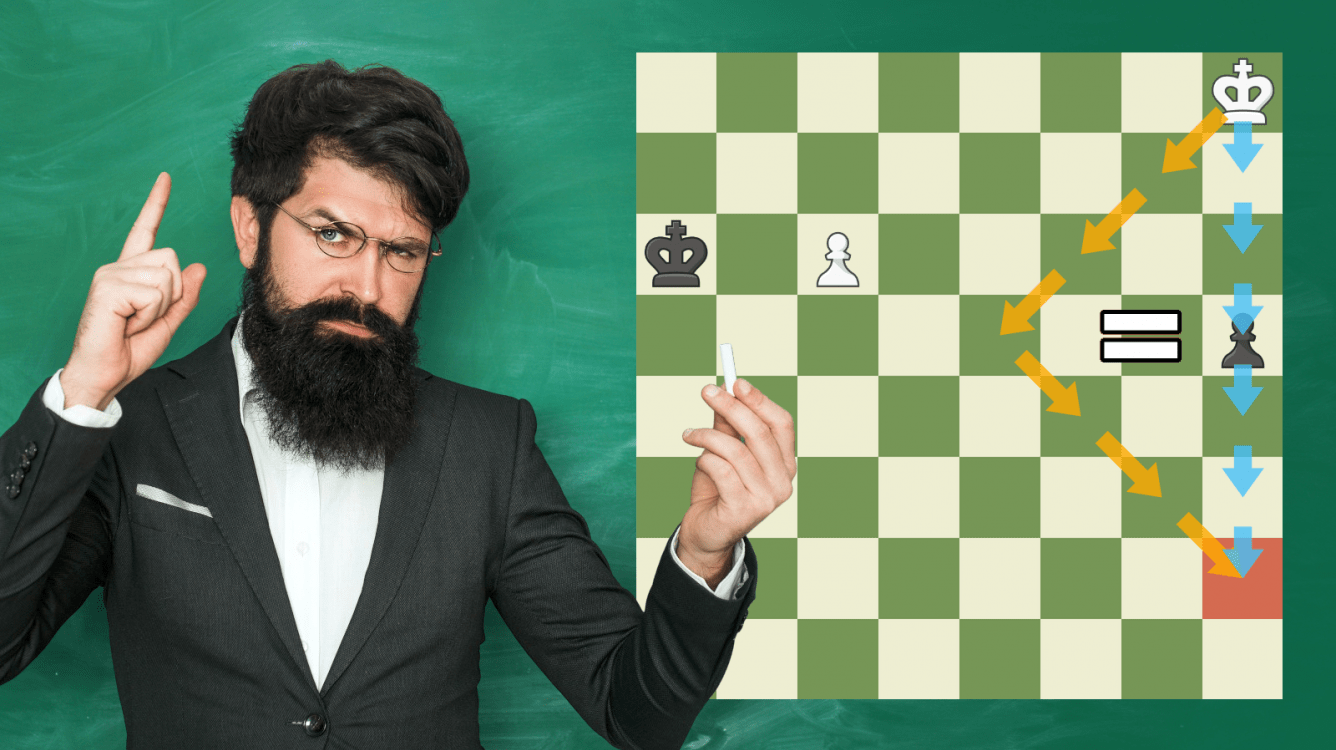
The Amazing Geometry Of Chess
Social distancing and mask wearing is a hot topic for many chess players. Take a look at Facebook pages of many masters and grandmasters, and you'll see plenty of discussions about COVID-19, some have called it a worldwide scam. Such conspiracy theories are rather more sad than funny, but I do feel very sorry for the many chess players who have lost their only source of income.
While COVID-19 is definitely not a laughing matter, I found it hard not to smile when looking at the following poster promoting social distancing. You can find it on San Francisco's government web site.

The designer of this graphic seems to show that all of the characters in the graphic are separated by six feet, no matter the direction ... perhaps the designer is a chess player!
If the white king needs to travel from the e1-square to the e8-square, what's the fastest route to achieve this goal? In real life, it would be a straight line: e1-e2-e3-e4-e5-e6-e7-e8, but the chess board has its own dimensions. Take a look at the following diagram.

Each arrow represents a step the white king could take in order to reach the e8-square. There are numerous ways for the white king to reach the e8-square in seven moves. This amazing chess geometry allows the impossible: It can make the geometry in the above mentioned COVID-19 poster work! Look at the following position:
Notice that all four knights are placed six feet apart... I mean six squares apart, keeping the recommended social distancing.
As a true chess player, you are probably thinking that this is all nice and dandy, but how can I use this unique feature of a chess board in my games? Good question! Let me show you the famous Reti position; it is the best illustration of this interesting concept.
At first sight, it look like White is completely lost in the following position. His king is hopelessly behind the passed h5-pawn, and the white c6-pawn is not going anywhere since Black's king is too close. Yet, White's king accomplishes "mission impossible" by advancing simultaneously toward Black's h5-pawn and his own c6-pawn!

This is one of the most famous chess studies ever, and naturally many composers have tried to emulate and enhance Reti's idea. In the following position, it is the same seemingly hopeless situation for White since Black's h7-pawn looks unstoppable. Can you find the way to accomplish the impossible?
You shouldn't think that this idea happens only in composed studies. Here is a game played by two of the best players of their time. GM Tarrasch had a huge advantage, but he decided to simplify into what looked like a completely winning king and pawn endgame.
In conclusion, let me show you another famous position where White could have won the game had he known Reti's idea. "What's the fastest way to get from point A to point B?" Willi Schlage probably thought, "Of course, it is a straight line!" He answered his own question. So, the (almost) straight line it was.



